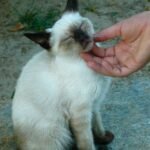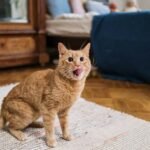There’s something truly magical about watching a once independent, aloof feline transform into the most devoted lap warmer you’ve ever encountered. Perhaps your own cat has surprised you lately, trading their solitary sunbathing sessions for persistent cuddles and following you from room to room like a furry shadow. You’re not imagining things, and you’re certainly not alone in this delightful discovery.
Many cat owners find themselves pleasantly shocked when their aging felines suddenly crave human companionship more than ever before. This beautiful transformation isn’t just coincidence; it’s a fascinating aspect of feline aging that reveals just how deeply our cats can bond with us. Let’s explore the heartwarming reasons why senior cats often become the most affectionate companions we could ever hope for.
The Science Behind Senior Cat Affection
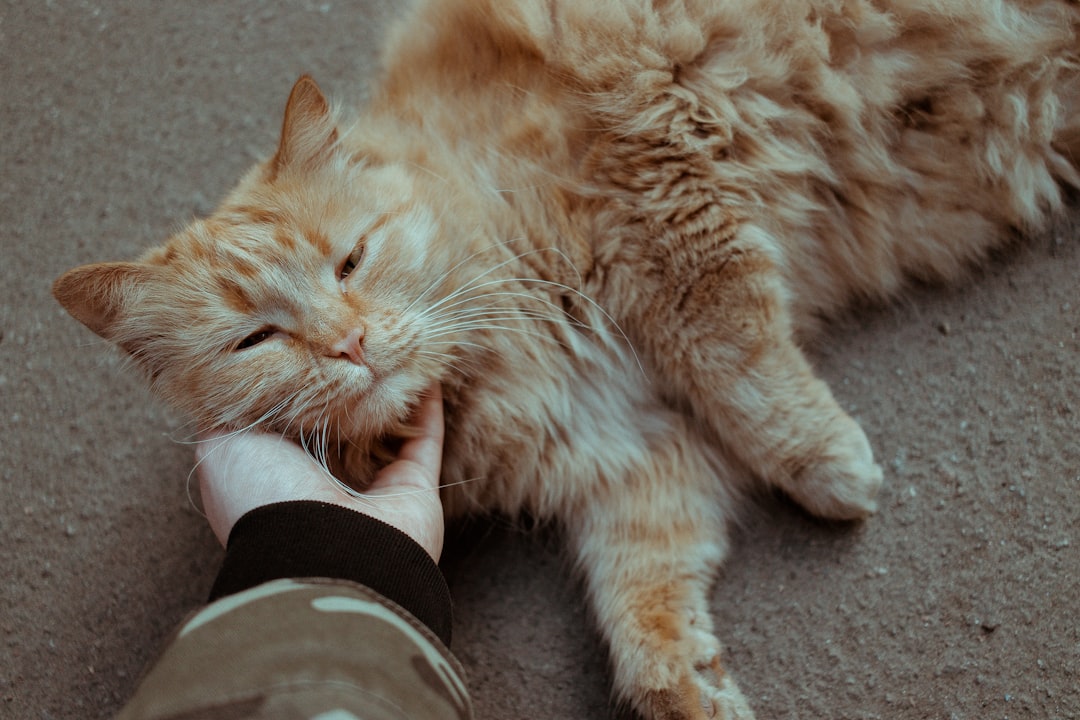
Many elderly cats become more sociable and affectionate towards their owners or demand more attention, according to observations of senior feline behavior. This striking statistic reveals that increased affection isn’t just an occasional occurrence but rather a common pattern among aging cats.
The transformation happens for several compelling reasons rooted in biology and psychology. As cats age, they may become more attached to their owners and rely on them for emotional support and companionship, leading to increased displays of affection such as purring, rubbing against legs, or cuddling on laps. This shift represents a fundamental change in how senior cats view their relationship with their human family.
Research shows that some cats may become more affectionate as they get older, possibly due to the feeling of safety and warmth their owners provide. This biological drive toward seeking comfort becomes more pronounced as cats face the uncertainties that come with aging.
When Cats Cross the Senior Threshold

Understanding when your feline friend officially enters their senior years helps explain the behavioral changes you might be witnessing. Cats are considered seniors once they are 11 years old, though some common senior cat behavior changes may start before then, as aging isn’t like a switch that flips on a specific birthday.
Cats typically have a lifespan of 12-18 years and are considered senior from around 11 years. Yet many cats surprise us by living well beyond these expectations, with some reaching their late teens or even early twenties with proper care.
The journey into senior status is gradual and individual. Some cats show increased affection earlier, while others maintain their independent streak longer before eventually seeking out more human companionship as they continue to age.
The Comfort-Seeking Nature of Aging Cats
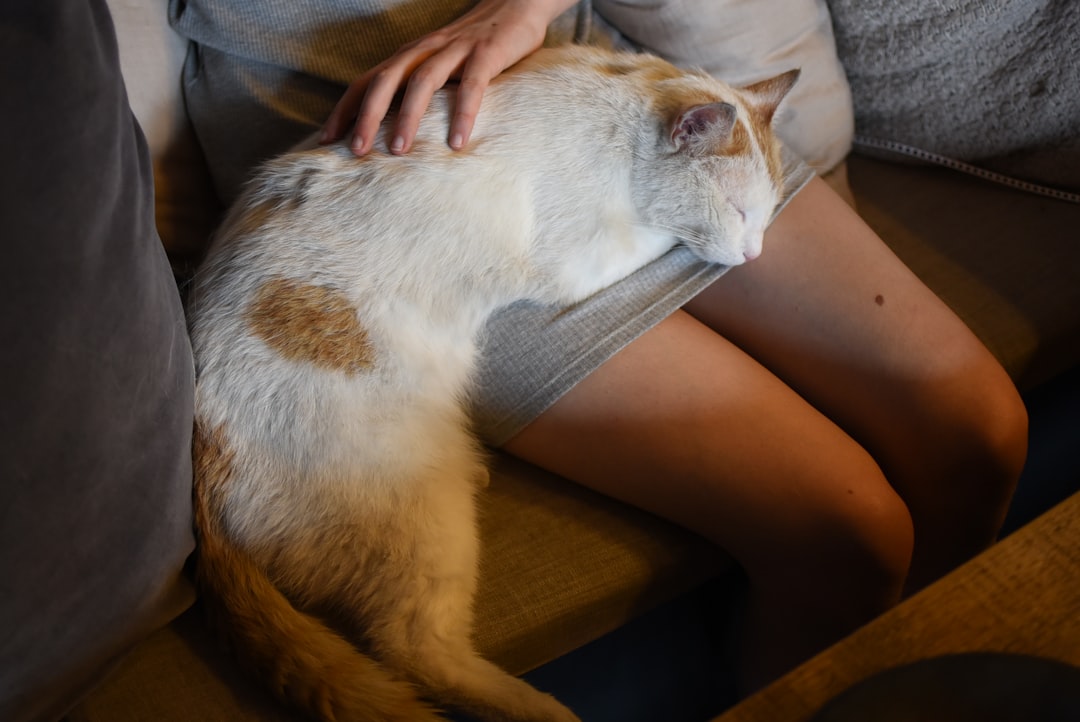
Cuddling isn’t just about seeking warmth; it’s also a coping mechanism for senior cats, as aging can be confusing and scary for them, with cuddling providing comfort, relaxation, and a sense of safety. This behavior reveals the emotional intelligence of our feline companions.
Cats like to seek out warm places to rest, and your lap provides both physical warmth and emotional security. Cats aren’t just seeking warmth; they’re seeking security and comfort, as a warm lap provides both heat and a safe haven, especially for cats that may be anxious or in need of extra care.
This comfort-seeking behavior often intensifies during stressful situations. Senior cats might crawl into bed more often or curl up beside you on the couch for hours, with this closeness being especially important during thunderstorms or when they feel unwell.
Physical Changes That Drive Increased Bonding

The aging process brings physical changes that naturally draw senior cats closer to their human companions. Changes in physical and mental health cause cats to become more affectionate with age, as they may develop arthritis, dental issues, or other health problems that make them more reliant on their owners for comfort and care.
Senior cats might stick close to their owners due to sensory decline and seeking comfort from reduced sight or hearing, while being less active gives them more time for cuddles as they slow down. These changes create a natural dependency that strengthens the human-cat bond.
Some cats may become more affectionate in their senior years, possibly due to a decrease in sensory perception, making their human companion a stabilizing influence in their daily life. When the world becomes less predictable through diminished senses, you become their anchor.
Emotional Bonds Deepened by Shared History
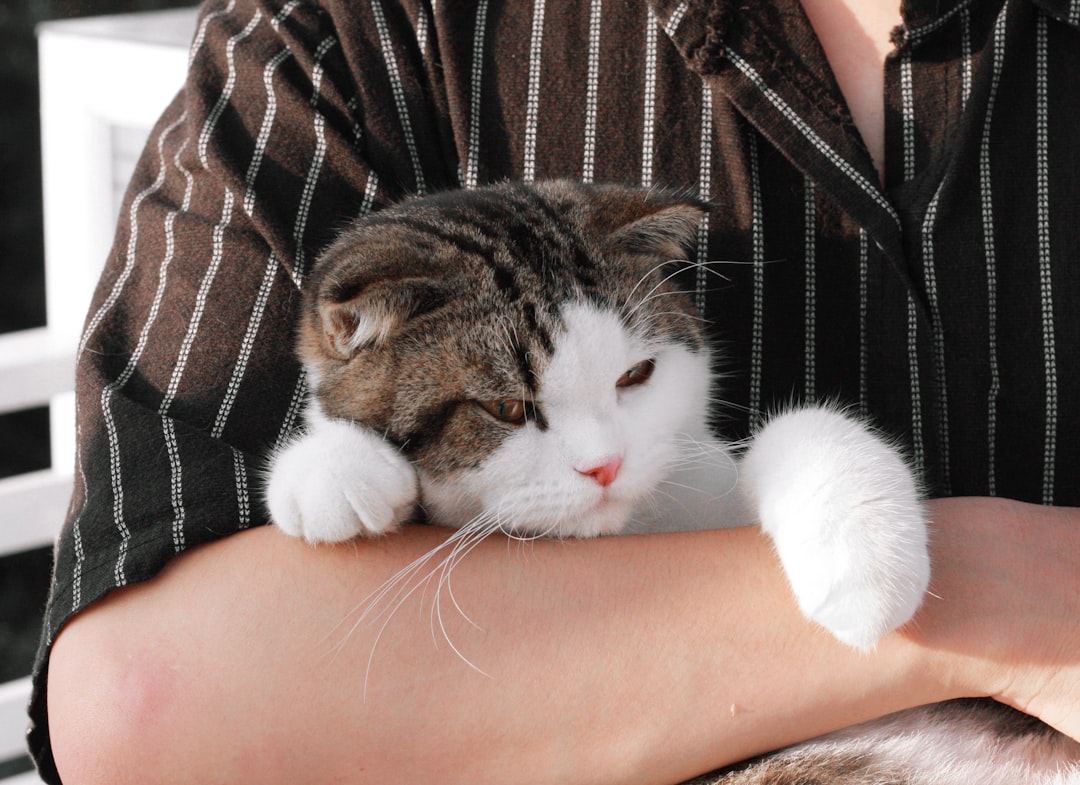
Just like people, cats are shaped by their life experiences, with senior cats who’ve lived full, happy lives feeling deeper bonds than younger, less-experienced felines, as years of shared experiences foster companionship that can’t be rushed. Every moment you’ve spent together has been building toward this deeper connection.
Older cats remember the times you cared for them when they were sick or scared, with their affection shaped by challenges they’ve faced and kindness they’ve received, as if they carry memories in their hearts that bloom into gentle, heartfelt love in old age. This emotional memory creates a profound appreciation for your presence.
The trust built over years of consistent care pays dividends in the form of increased affection. Senior cats have learned through experience that you are their safe harbor in an uncertain world, making them more willing to express vulnerability through cuddling and attention-seeking behaviors.
The Lap Cat Transformation
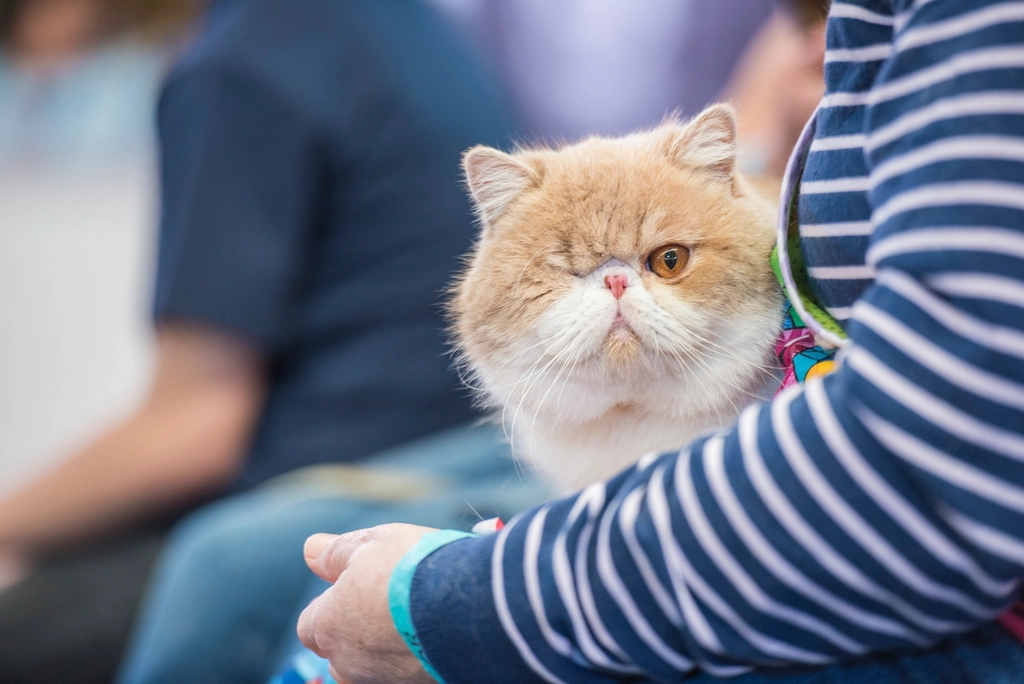
Perhaps the most delightful surprise for many cat owners is watching their formerly independent feline become a dedicated lap cat. One cat owner remembered how their cat “got so affectionate after about ten years of age” and “turned into a true lap cat, or maybe she just liked the heat of a lap”.
Experience shows that the older cats get, the mellower and more affectionate they become, with even cats that were never lap cats beginning to climb into laps when they’re in the mood as they enter their senior years. This transformation often surprises owners who thought their cat’s personality was set in stone.
If you’re looking for a cat that will happily curl up beside you as you read a book or watch TV, a senior cat is the perfect companion, as their mellow nature makes them low-maintenance and ideal for those wanting companionship without chaos.
From Independence to Emotional Dependence
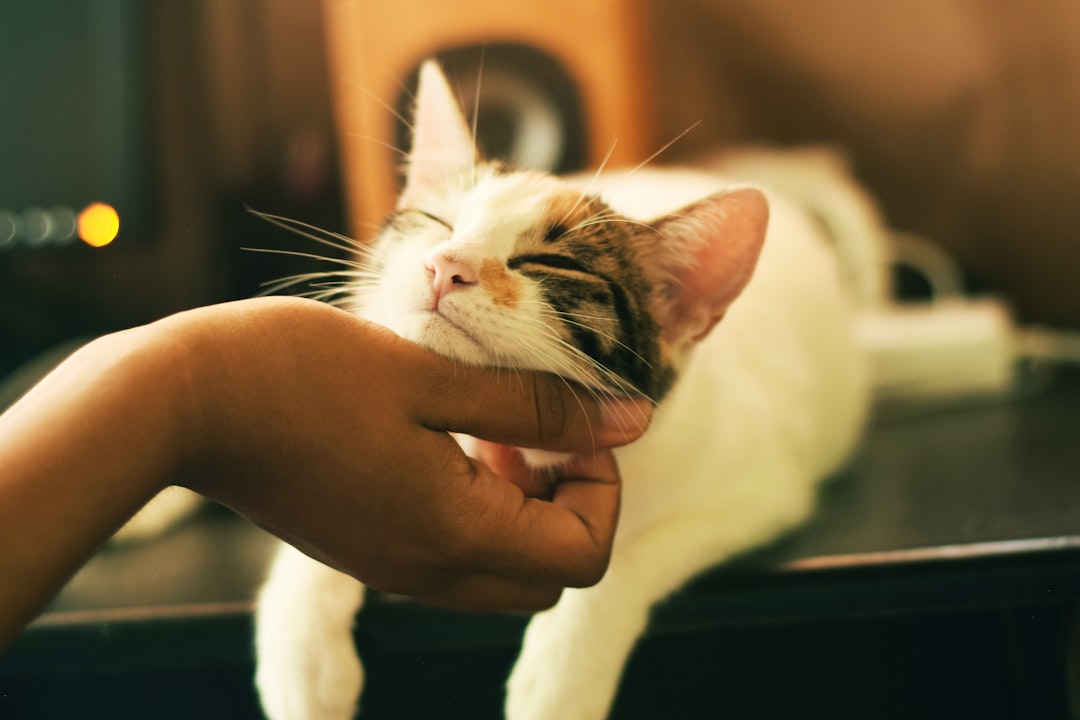
A previously aloof cat can become clingy and overly dependent, following you around the house or meowing plaintively and constantly, and may feel the need for constant physical contact. This dramatic personality shift often catches owners off guard but represents a beautiful evolution in your relationship.
Cats may become clingier as they age, wanting to be with you every moment of day or night, and if they’ve lost some sensory perception, being with their human companion may be a stabilizing influence in their daily life. What might seem like neediness is actually a testament to the trust and security you provide.
This emotional dependence manifests in charming ways. A senior cat may shadow you more often, seeking your company and reassurance, transforming your daily routines into shared experiences filled with feline companionship.
The Power of Touch and Physical Connection
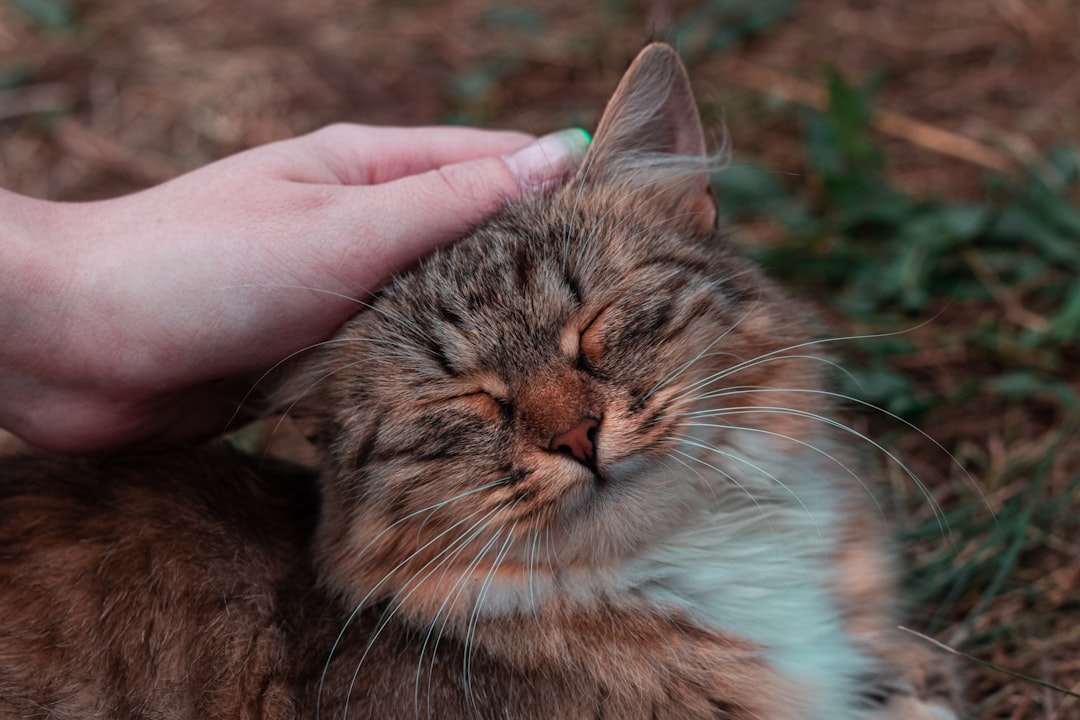
Touch is a powerful way for senior cats to connect with their humans, with gentle petting, brushing, or simply sitting together fostering closeness that words can’t capture, as many older cats develop favorite touch rituals like head butts or chin scratches they seek out more often, with the warmth and security of touch being a lifeline that offers comfort in ways toys or treats simply can’t.
Cats showing affection may follow you around or brush against your legs, with one of the most affectionate displays being when cats rub their heads on human companions in a friendly, aroma-sharing gesture that reinforces positive relationships and marks you with their scent through pheromones signaling comfort and familiarity.
The tactile connection becomes increasingly important as cats age. Simple gestures like gentle pets or allowing them to knead on your lap take on deeper significance, becoming daily rituals that strengthen your bond and provide emotional comfort for both of you.
Creating the Perfect Environment for Affectionate Seniors
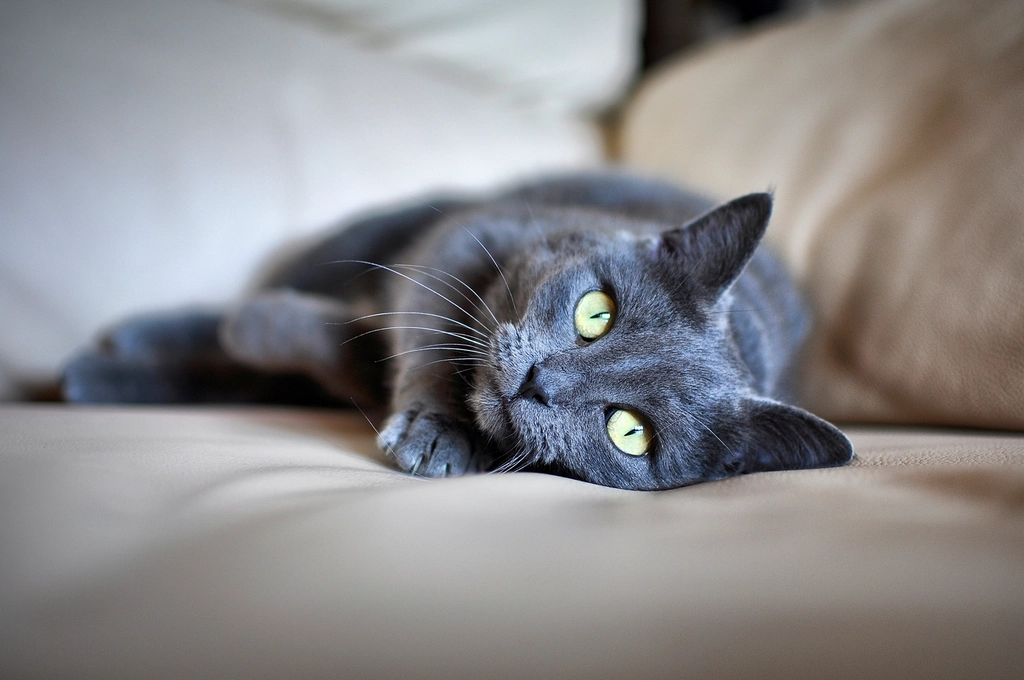
If you want your senior cat to be more affectionate, patience is key, along with respecting their boundaries and paying attention to their preferences by offering soft bedding, warm spots, and quiet companionship while creating routines that include gentle petting or brushing sessions.
Some cats may need more emotional support as they age while others prefer to be left alone, though they may become more dependent on relationships and require more attention. Understanding your individual cat’s needs helps you provide the right type and amount of affection.
Regular petting, grooming, or talking to your senior cat can comfort them, but handle them gently due to potential joint pain, while making environmental adaptations like pet stairs for mobility issues, heated beds for comfort, or more accessible litter boxes. These thoughtful adjustments support their increasing need for closeness while ensuring their physical comfort.
When Senior Cat Affection Signals Health Concerns

It’s important to understand whether increased cuddliness is a normal part of getting older or something requiring attention, as older cats can become more affectionate while seeking comfort and warmth, but behavioral changes can also indicate underlying health issues. Not all affection increases are purely emotional.
Cats could suddenly become affectionate for various reasons including anxiety, illness, desperation for attention, or physical ailments, and if your normally affectionate cat immediately begins jumping into laps along with other behavior changes like tiredness, changes in food interest, weight loss, or refusing to use the litter box, attention is needed.
Sometimes cats become more affectionate when feeling ill as a way to seek comfort and safety when not feeling well, and if affection is accompanied by other illness symptoms, a vet visit is advised. Monitoring for additional changes helps distinguish between healthy emotional bonding and potential health issues.
Embracing the Golden Years Together

The journey of watching your cat transform from an independent spirit to an affectionate companion represents one of the most beautiful aspects of sharing life with felines. This season of life comes with its own special kind of magic, as bonds often grow deeper, quiet moments become more precious, and even those 3 AM wake-up calls become memories you’ll treasure.
The transformation of a senior cat into a more affectionate companion can feel like an unexpected gift, and after years of independence or even aloofness, their new warmth can be both surprising and deeply moving. These golden years offer a unique opportunity to experience the full depth of feline love and trust, creating memories that will warm your heart long after your furry friend has crossed the rainbow bridge.
What do you think about the special bond between senior cats and their humans? Have you experienced this magical transformation with your own feline companion? Share your heartwarming stories in the comments below.





